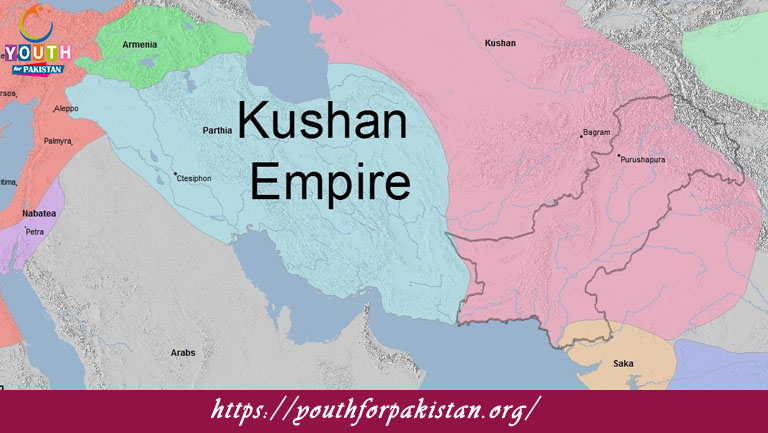Welcome to the Force And Motion MDCAT MCQs with Answers. In this post, we have shared Force And Motion Multiple Choice Questions and Answers for PMC MDCAT 2024. Each question in MDCAT Physics offers a chance to enhance your knowledge regarding Force And Motion MCQs in this MDCAT Online Test.
Force And Motion MDCAT MCQs Test Preparations
Newton’s First Law of Motion states that an object will remain at rest or in uniform motion unless acted upon by:
a) An external force
b) Friction
c) Gravity
d) Inertia
If a car accelerates from 0 to 60 km/h in 10 seconds, the force applied is determined by:
a) Its mass and acceleration
b) Its weight and speed
c) Its velocity and time
d) Its distance and time
The force required to change the motion of an object depends on:
a) Its mass and velocity
b) Its mass and acceleration
c) Its velocity and time
d) Its distance and time
An object in motion will remain in motion at a constant velocity unless acted upon by:
a) An unbalanced force
b) Gravity
c) Friction
d) Inertia
The force of gravity acting on an object is known as:
a) Mass
b) Weight
c) Inertia
d) Friction
If two forces of 10 N and 5 N are applied in opposite directions, the net force is:
a) 15 N
b) 10 N
c) 5 N
d) 0 N
When a person jumps off a boat, the boat moves in the opposite direction due to:
a) Newton’s First Law
b) Newton’s Second Law
c) Newton’s Third Law
d) Law of Conservation of Momentum
The frictional force between two surfaces depends on:
a) The nature of the surfaces and the normal force
b) The temperature and pressure
c) The velocity and direction
d) The distance and mass
The acceleration of an object is directly proportional to the force applied and inversely proportional to its:
a) Speed
b) Mass
c) Distance
d) Time
In the absence of air resistance, the only force acting on a freely falling object is:
a) Normal force
b) Friction
c) Gravity
d) Tension
The force that opposes the motion of objects sliding against each other is called:
a) Gravitational force
b) Normal force
c) Frictional force
d) Tension
If an object is moving at constant velocity, the net force acting on it is:
a) Zero
b) Equal to its weight
c) Equal to its acceleration
d) Equal to the applied force
The amount of force required to move an object is affected by:
a) Its mass and the friction between the surfaces
b) Its speed and direction
c) Its acceleration and time
d) Its weight and velocity
A 4 kg object is subjected to a force of 20 N. Its acceleration is:
a) 2.5 m/s²
b) 5 m/s²
c) 10 m/s²
d) 15 m/s²
When you push a stationary object and it starts to move, you have overcome its:
a) Gravitational force
b) Inertia
c) Frictional force
d) Tension
The force required to change the velocity of an object depends on its:
a) Mass and acceleration
b) Speed and distance
c) Weight and direction
d) Temperature and pressure
A box is pushed with a force of 50 N across a frictionless surface. If the mass of the box is 10 kg, its acceleration is:
a) 2 m/s²
b) 5 m/s²
c) 10 m/s²
d) 20 m/s²
The gravitational force between two objects increases if:
a) The distance between them decreases
b) The mass of one object decreases
c) The mass of both objects decreases
d) The objects are moving apart
When a car accelerates, the force exerted on the car is:
a) Equal to its mass multiplied by acceleration
b) Equal to its weight
c) Equal to its velocity
d) Equal to the friction force
An object that is not changing its velocity is experiencing:
a) Balanced forces
b) Unbalanced forces
c) Only gravitational force
d) Only frictional force
The force of friction always acts in a direction:
a) Opposite to the direction of motion
b) Parallel to the direction of motion
c) Perpendicular to the direction of motion
d) In the direction of the applied force
Newton’s Third Law of Motion states that for every action, there is an equal and opposite:
a) Reaction
b) Force
c) Velocity
d) Acceleration
The force required to keep an object moving at a constant velocity on a horizontal surface is equal to:
a) The frictional force
b) The gravitational force
c) The normal force
d) The applied force
If the net force acting on an object is zero, the object:
a) Is in equilibrium
b) Is accelerating
c) Is in free fall
d) Is experiencing friction
The force required to accelerate an object can be calculated by:
a) Dividing its mass by its acceleration
b) Multiplying its mass by its acceleration
c) Adding its mass and acceleration
d) Subtracting its acceleration from its mass
A 3 kg object is subjected to a force of 9 N. The acceleration of the object is:
a) 1 m/s²
b) 3 m/s²
c) 6 m/s²
d) 9 m/s²
The frictional force on a car moving at constant speed is equal to:
a) The applied force
b) The gravitational force
c) The normal force
d) The acceleration force
The reaction force to a person pushing against a wall is:
a) The wall pushing back with an equal force
b) The person pushing the wall harder
c) The wall moving away
d) The person accelerating backward
A 5 kg object experiences a force of 20 N. What is the acceleration of the object?
a) 4 m/s²
b) 5 m/s²
c) 10 m/s²
d) 15 m/s²
The normal force is the force exerted by a surface:
a) Perpendicular to the surface
b) Parallel to the surface
c) In the direction of motion
d) Opposite to the gravitational force
A person standing still on a scale experiences a normal force equal to their:
a) Weight
b) Mass
c) Acceleration
d) Velocity
If two objects collide and stick together, the collision is:
a) Elastic
b) Inelastic
c) Perfectly elastic
d) Non-collisional
The net force acting on an object is the vector sum of all:
a) Applied forces
b) Frictional forces
c) Gravitational forces
d) Balanced forces
When a car travels around a curve, it experiences:
a) Centripetal force
b) Frictional force
c) Gravitational force
d) Normal force
The change in momentum of an object is equal to:
a) The force applied multiplied by the time of contact
b) The mass multiplied by the velocity
c) The acceleration divided by the time
d) The weight divided by the velocity
The concept of inertia is related to which of Newton’s Laws?
a) First Law
b) Second Law
c) Third Law
d) Law of Gravitation
A rocket moves upward by expelling gas downward. This motion demonstrates:
a) Newton’s First Law
b) Newton’s Second Law
c) Newton’s Third Law
d) Law of Conservation of Energy
The force that resists the motion of an object through a fluid is called:
a) Drag
b) Tension
c) Friction
d) Normal force
If a force of 30 N accelerates an object at 6 m/s², the mass of the object is:
a) 5 kg
b) 10 kg
c) 20 kg
d) 30 kg
In a frictionless environment, an object will continue to move with constant velocity unless acted upon by:
a) A force
b) An acceleration
c) A frictional force
d) A gravitational force
If you are interested to enhance your knowledge regarding Physics, Chemistry, Computer, and Biology please click on the link of each category, you will be redirected to dedicated website for each category.








